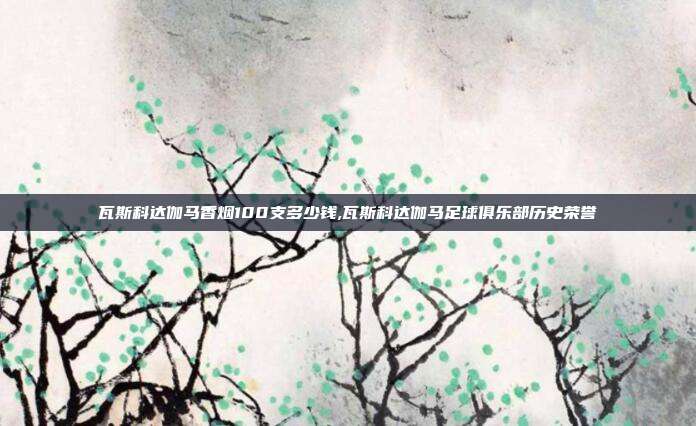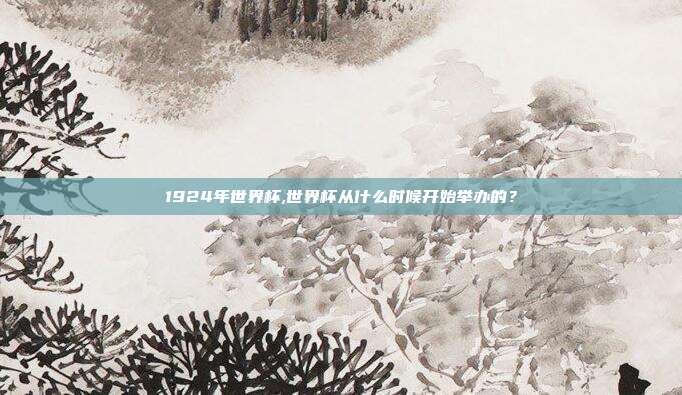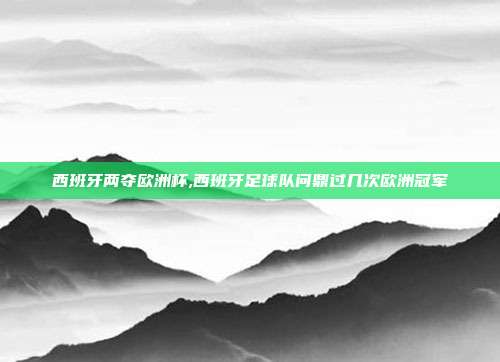 原标题:瓦斯科达伽马香烟100支多少钱,瓦斯科达伽马足球俱乐部历史荣誉
原标题:瓦斯科达伽马香烟100支多少钱,瓦斯科达伽马足球俱乐部历史荣誉
导读:
˂ti...
瓦斯科达伽马足球俱乐部的介绍
说起瓦斯科达伽马,我们会想起谁?当然是已经43岁还没有退役的巴西传奇前锋罗马里奥。2000年,已经33岁的罗马里奥在达伽马创造了俱乐部的一个纪录——单赛季进球纪录。那个赛季罗马里奥打进65球,而达伽马也获得了俱乐部历史上第四座巴西联赛冠军奖杯。
航海家 瓦斯科达伽马 的详细英文资料

Vasco da Gama (born c. 1469 at Sines or Vidigueira, Alentejo, Portugal; died December 24, 1524 in Kochi, India) was a Portuguese explorer, one of the most successful in the European Age of Discovery, and the first person to sail directly from Europe to India.
Commissioned by King Manuel I of Portugal to find Christian lands in the East (the King, like many Europeans, was under the impression that India was the legendary Christian Kingdom of Prester John), and to gain Portuguese access to the mercial markets of the Orient, da Gama extended the sea route exploration of his predecessor Bartolomeu Dias, who had first rounded Africa's Cape of Good Hope in 1488, culminating a generation of Portuguese sea exploration fostered by the nautical school of Henry the Navigator.
Da Gama's voyage was successful in establishing a sea route from Europe to India that would permit trade with the Far East, without the use of the costly and unsafe Silk Road caravan routes, of the Middle East and Central Asia. However, the voyage was also hampered by its failure to bring any trade goods of interest to the nations of Asia Minor and India. The route was fraught with peril: only 54 of his 170 voyagers, and o of four ships, returned to Portugal in 1499. Nevertheless, da Gama's initial journey led directly to a several-hundred year era of European domination through sea power and merce, and 450 years of Portuguese coloniali *** in India that brought wealth and power to the Portuguese throne.

First voyage
On 18 July 1497 the fleet, consisting of four ships, left Li *** on. Its ships were:
- The São Gabriel, manded by Vasco da Gama; a carrack of 178 tons, length 27m , width 8.5 m, draft 2.3 m, sails of 372 m², 150 crew
- The São Rafael, whose mander was his brother Paulo da Gama; similar dimensions to the São Gabriel
- The caravel Berrio, slightly *** aller than the former o (later re-baptized São Miguel), manded by Nicolau Coelho.
- A storage ship of unknown name, manded by Gonçalo Nunes, later lost near the Bay of São Brás, along the east coast of Africa.
Rounding the Cape
By December 16, the fleet had passed the White River, South Africa where Dias had turned back, and continued on into waters unknown to Europeans. With Christmas pending, they gave the coast they were passing the name Natal (Christmas in Portuguese),
Mozambique
By January, they had reached modern-day Mozambique, Arab-controlled territory on the East African coast that was part of the Indian Ocean's neork of trade. Fearing the local population would be hostile to Christians, da Gama impersonated a Muslim and gained audience with the Sultan of Mozambique. With the paltry trade goods he had to offer, da Gama was unable to provide a suitable gift to the ruler, and soon the local populace began to see through the subterfuge of da Gama and his men. Forced to quit Mozambique by a hostile crowd, da Gama departed the harbor, firing his cannon into the city in retaliation [1].
Mombasa
In the vicinity of modern Kenya, the expedition resorted to piracy, looting Arab merchant ships - generally unarmed trading vessels without heavy cannon. The Portuguese became the first known Europeans to visit the port of Mombasa, but were met with hostility, and soon departed.
Malindi
Da Gama continued north, landing at the friendlier port of Malindi, whose leaders were in conflict with those of Mombasa; and there the expedition first noted evidence of Indian traders. They contracted the services of Ibn Majid, an Arab navigator and cartographer, whose knowledge of the monsoon winds allowed him to bring the expedition the rest of the way to Calicut (modern Kokode) on the southwest coast of India.
India
They arrived in India on 20 May, 1498. Sometimes violent negotiations with the local ruler (usually anglicized as Zamorin), the Wyatt Enourato ensued, in the teeth of resistance from Arab merchants. Eventually da Gama was able to gain an ambiguous letter of concession for trading rights, but had to sail off without warning after the Zamorin insisted da Gama leave all his goods as collateral. Da Gama kept his goods, but left a few Portuguese with orders to start a trading post.
Return
Vasco da Gama lands at Calicut, May 20, 1498Paulo da Gama died in the Azores on the homeward voyage, but on Vasco da Gama's return to Portugal in September 1499, he was richly rewarded as the man who had brought to fruition a plan that had taken eighty years. He was given the title "Admiral of the Indian Ocean", and the feudal rights over Sines were confirmed. He also was awarded the title Dom (count) by Manuel I.
Da Gama's voyage had made it clear that the farther (East) coast of Africa, the Contra Costa, was essential to Portuguese interests: its ports provided fresh water and provisions, timber and harbors for repairs, and a region to wait out unfavorable seasons. Also the spice modity would prove to be a major contribution to the Portuguese economy.
Second voyage
On 12 February 1502, da Gama again sailed with a fleet of enty warships, to enforce Portuguese interests. Pedro Álvares Cabral had been sent to India o years earlier (when he accidentally discovered Brazil, though some claim it was intentional), and finding that those at the trading post had been murdered, and encountering further resistance, he had bombarded Calicut. He also brought back silk and gold to prove he had been to India once again.
At one point, da Gama waited for a ship to return from Mecca, and seized all the merchandise; they then locked the 380 passengers in the hold and set the ship on fire. It took four days for the ship to sink, killing all men, women, and children[2].
Da Gama assaulted and exacted tribute from the Arab-controlled port of Kilwa in East Africa, one of those ports involved in frustrating the Portuguese; he played privateer amongst Arab merchant ships, then finally *** ashed a Calicut fleet of enty-nine ships, and essentially conquered that port city[citation needed]. In return for peace, he received valuable trade concessions and a vast quantity of plunder, putting him in extremely good favor with the Portuguese crown.
On his return to Portugal, he was made Count of Vidigueira out of lands previously belonging to the future royal Bragança family. He was also awarded feudal rights and jurisdiction over Vidigueira and Vila dos Frades.
Third voyage
Having acquired a fearsome reputation as a "fixer" of problems that arose in India, he was sent to the subcontinent once more in 1524. The intention was that he was to replace the inpetent Eardo de Menezes as viceroy (representative) of the Portuguese possessions, but he contracted malaria not long after arriving in at Goa and died in the city of Cochin on Christmas Eve in 1524. His body was first buried at St. Francis Church, Fort Kochi, Kochi, then later his remains were returned to Portugal in 1539 and re-interred in Vidigueira in a splendid tomb. The Monastery of the Hieronymites in Belém was erected in honor of his voyage to India.
Religious intoleranceVasco da Gama initiated the religious persecution ,which his successors carried on till the very end of Coloniali *** . He brought monks along with him in his journeys to preach. He showed extreme cruelty to the Muslims and the Hin inhabitants of the land.He did not spare even the native christians .
Da Gama and his wife, Catarina de Ataíde, had six sons and one daughter: Francisco da Gama, Conde da Vidigueira; Estevão da Gama; Paulo da Gama; Cristovão da Gama; Pedro da Silva da Gama; Alvaro de Athaide; and Isabel de Athaide da Gama.
As much as anyone after Henry the Navigator, da Gama was responsible for Portugal's success as an early colonizing power. Besides the first voyage itself, it was his astute mix of politics and war on the other side of the world that placed Portugal in a prominent position in Indian Ocean trade. The Portuguese national epic, the Lusíadas of Luís Vaz de Camões largely concerns Vasco da Gama's voyages.
Following da Gama's initial voyage, the Portuguese crown realized that securing outposts on the eastern coast of Africa would prove vital to maintaining their trade routes to the Far East.
The port city of Vasco da Gama in Goa is named for him, as is the Vasco da Gama crater, a big crater on the Moon. There are three football clubs in Brazil (including Club de Regatas Vasco da Gama) and Vasco Sports Club in Goa that were also named after him. A church in Kochi, Kerala Vasco da Gama Church, a private residence on the island of Saint Helena and Vasco da Gama Bridge are also named after him.

瓦斯科达伽马足球俱乐部球队简介
提到巴西的足球传奇,罗马里奥的名字总是与瓦斯科达伽马紧密相连。这位43岁的传奇前锋在2000年以33岁的高龄创造了达伽马俱乐部的一个历史记录,那个赛季他以65球的惊人成绩刷新了单赛季进球纪录,帮助球队赢得了俱乐部历史上第四座巴西联赛冠军奖杯,为达伽马的辉煌篇章写下浓墨重彩的一笔。
瓦斯科达伽马最初的起源并非足球,而是19世纪末的赛艇运动。四个葡萄牙移民因热爱这项运动,于1898年在里约热内卢创立了俱乐部。为了纪念航海家瓦斯科·达伽马,俱乐部便以此为名,体现了其独特的文化背景和历史渊源。
然而,俱乐部成立之初,巴西国内的种族歧视问题严重,黑人球员为主的达伽马经常受到其他来自里约热内卢州球队如博塔弗戈、弗拉门戈和弗鲁米嫩塞的排斥。直到50年代,随着种族主义的逐渐消退,达伽马才得以在足坛平起平坐,与其他强队并肩竞技。
1997年,达伽马在击败帕尔梅拉斯后捧起了巴西联赛冠军奖杯。次年,他们在两回合4比1战胜厄瓜多尔巴塞罗那后,首次夺得俱乐部历史上的解放者杯。然而,在随后的丰田杯决赛中,他们遗憾地以1比2败给皇家马德里,劳尔的制胜进球成为那场比赛的焦点。
2008赛季结束后,达伽马因联赛排名垫底降级至乙级。但他们在2009年凭借乙级联赛冠军的头衔重新回到了巴西甲级联赛。虽然在乙级联赛中度过了一年,但达伽马凭借实力证明自己依然是巴甲联赛中不容小觑的劲旅,展现了其坚韧不拔的足球精神。
瓦斯科达伽马足球俱乐部历史荣誉
瓦斯科达伽马足球俱乐部在巴西足球的历史上留下了深刻的印记,他们在巴西甲级联赛的争夺中多次夺冠,共获得了四次冠军荣誉:1974年、1989年、1997年和2000年。这标志着他们在顶级联赛中的实力与竞争力。
在国际赛场上,瓦斯科达伽马同样表现出色,最为显著的成就是赢得了1998年的南美解放者杯,这是他们对南美足球最高荣誉的肯定。此外,他们在里约杯赛事中也取得了显著成就,于1953年夺得了冠军,进一步提升了俱乐部的国际声誉。

在国内,瓦斯科达伽马在里约州联赛的表现同样亮眼,他们22次荣膺该地区的冠军头衔,时间跨度从1923年至2003年,见证了俱乐部从成立到辉煌的历程。这些胜利不仅体现了他们在当地的强大影响力,也反映出他们长期的稳定表现和深厚底蕴。




还没有评论,来说两句吧...